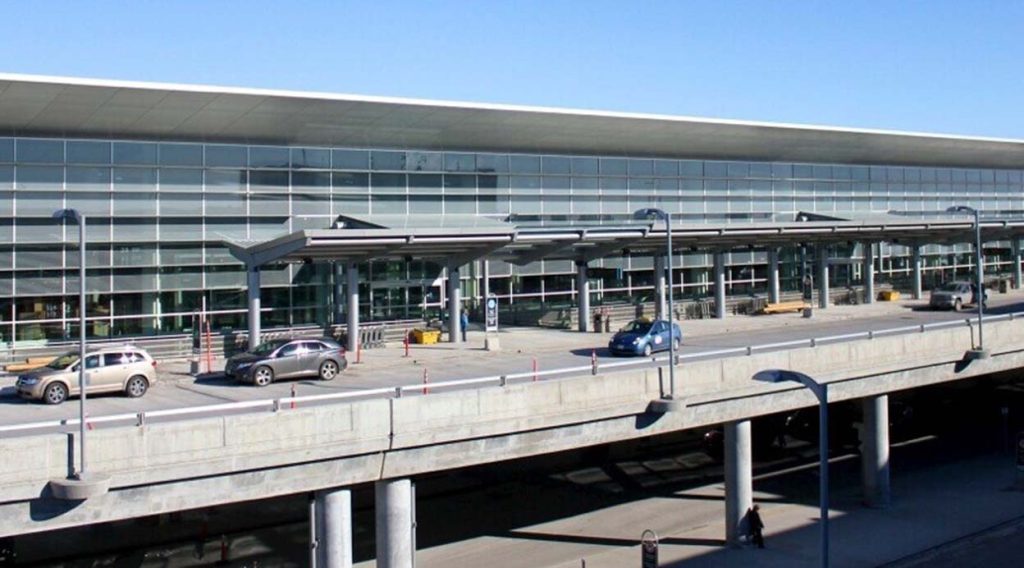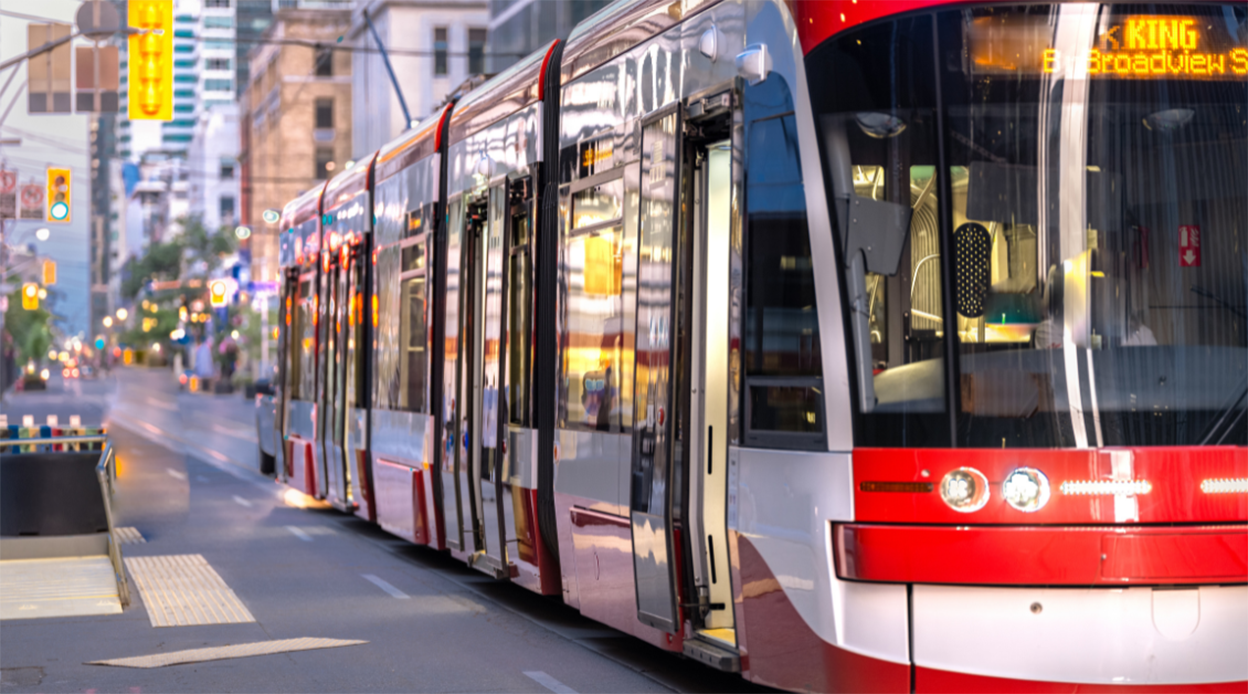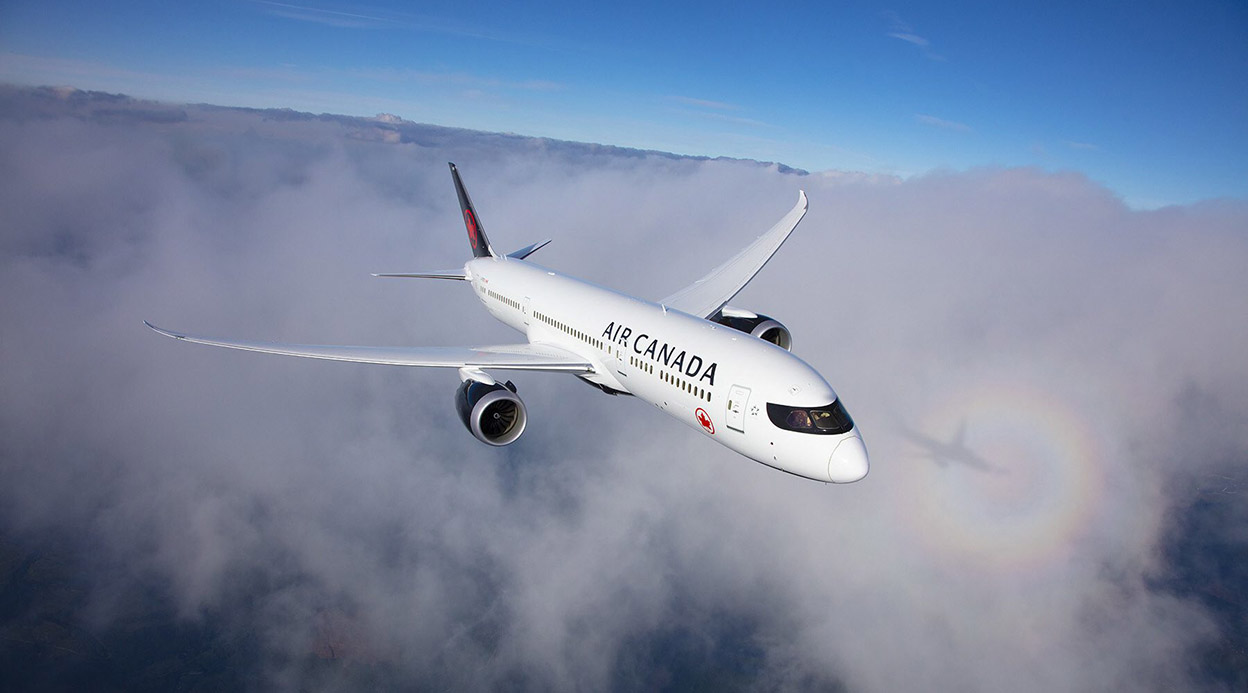Planning a trip to Winnipeg is exciting—whether you’re drawn to the city’s vibrant cultural festivals, its thriving art scene, or the serene beauty of its surrounding landscapes, from sweeping prairies to shimmering lakes. This city offers something for everyone: historic sites like The Forks, family-friendly attractions such as Assiniboine Park Zoo, and a culinary scene that blends global flavors with local traditions. But before you dive into sightseeing and start mapping out your must-visit spots, there’s one essential question you need to answer: How will you get around efficiently and affordably?
Transportation is a major factor that can shape your entire travel experience. The right choice can make your journey smooth and enjoyable, while the wrong one might lead to unnecessary stress and extra costs. Should you book a long-distance bus for a budget-friendly ride, hop on a scenic train for a more relaxed experience, or arrange private transfers for maximum convenience? Each option comes with unique advantages and potential drawbacks, depending on your budget, schedule, and personal preferences.
In this comprehensive guide, we’ll break down all the details you need to know—from cost comparisons and travel times to insider tips that can save you money. Whether you’re planning a solo adventure, a family getaway, or a multi-city Canadian itinerary, this article will help you choose the transportation option that fits your style—and your wallet.
Why Transportation Choices Matter in Winnipeg
Winnipeg isn’t just another stop on a cross-country route; it’s a destination where logistics matter. Unlike hyper-connected metropolitan hubs, Winnipeg offers a slower pace and expansive geography. The city’s layout is relatively spread out, and some attractions, like The Forks or Assiniboine Park, are easily accessible by car or rideshare. But what if you’re arriving from another Canadian city—or even across the U.S. border? That’s where buses, trains, and private transfer services come in.

Before deciding, ask yourself these key questions:
- What’s my budget?
- How much time do I have?
- Do I value comfort over cost?
- Am I traveling solo or with family?
Let’s break down your options.
Option 1: Long-Distance Buses to Winnipeg
For travelers prioritizing affordability, buses remain the most budget-friendly way to reach Winnipeg from other Canadian cities or the northern U.S. border. While Greyhound no longer operates in Western Canada, other companies have stepped in to fill the gap.
Popular Bus Companies Serving Winnipeg
- Rider Express: Known for its relatively modern fleet and reasonable prices.
- Maple Bus Lines: A local favorite for intercity routes in Manitoba and beyond.
- Kasper Transportation: Specializes in northern routes, connecting smaller communities to Winnipeg.
Price Range
Expect fares between CAD $60–$120 for one-way trips from major cities like Regina or Thunder Bay. Routes from Toronto or Calgary typically range between CAD $140–$190, depending on how early you book.
Travel Time
This is where buses demand patience:
- From Regina: Around 8 hours.
- From Thunder Bay: About 10 hours.
- From Toronto: Expect an overnight journey, usually 23–24 hours.
Pros of Bus Travel
- Lowest cost option for long-distance travel.
- Frequent routes on popular corridors.
- Plenty of luggage allowance (usually 1–2 checked bags free).
Cons of Bus Travel
- Long travel time, especially compared to flights.
- Seating comfort varies—expect limited legroom.
- No guaranteed Wi-Fi on all routes.
Option 2: The Train Experience
Taking a train to Winnipeg offers something no bus or plane can match: the romance of slow travel paired with spectacular Canadian scenery. VIA Rail Canada operates the primary passenger rail service through Winnipeg, making it a hub on its iconic The Canadian route between Toronto and Vancouver.
What to Expect on VIA Rail
- Spacious seating and panoramic windows for soaking in views of prairies, forests, and lakes.
- Access to dining cars with full-service meals (a major upgrade from typical bus snacks).
- Options for economy seats or private sleeper cabins, perfect for longer journeys.
Cost Breakdown
- Economy fare (Toronto to Winnipeg): CAD $180–$250 if booked early.
- Sleeper cabin: Starts around CAD $600 but includes meals and a bed.
Travel Time
- From Toronto: About 36 hours.
- From Vancouver: Over two days (but an unforgettable ride).
Pros of Train Travel
- Comfortable, spacious seating with the option to move around freely.
- Scenic experience—great for travelers who value the journey as much as the destination.
- Luggage allowance is generous compared to budget airlines.
Cons of Train Travel
- Time-consuming: Trains are significantly slower than buses or flights.
- Cost can be high if you opt for premium accommodations.
- Limited departure frequency—plan ahead.
Option 3: Airport Transfers and Private Services
If you’re flying into Winnipeg James Armstrong Richardson International Airport, your next concern is how to reach your hotel or final destination. While taxis and rideshares like Uber are readily available, pre-booking a private transfer offers extra convenience—especially for families or those arriving with heavy luggage.
Airport Transfer Options
- Private Car Services: Expect fares around CAD $40–$60 to downtown Winnipeg.
- Shared Shuttles: Lower cost, typically CAD $15–$20 per person.
- Hotel Transfers: Many mid-range and luxury hotels offer complimentary or paid shuttle service—check in advance.
Benefits of Booking in Advance
- No waiting in line for taxis after a long flight.
- Fixed pricing means no surprises during surge pricing periods.
- Professional drivers often assist with luggage, which is a big plus for group travelers.

Which Option Fits Your Travel Style?
Choosing between bus, train, and transfer services really boils down to your priorities:
| Traveler Type | Best Option |
|---|---|
| Budget Backpacker | Bus—lowest fare, but be ready for long rides. |
| Scenic Traveler | Train—slower, pricier, but an unforgettable experience. |
| Comfort-Seeker | Train sleeper cabin or private airport transfer. |
| Short on Time | Fly in, then pre-book a transfer for seamless arrival. |
How to Book Smart and Save More
Traveling to Winnipeg doesn’t have to drain your wallet—especially when you know how to plan ahead and make smart booking decisions. With a few strategic moves, you can save money, maximize comfort, and even enhance your overall travel experience. Here’s how to do it:
Book Early
This tip is as old as time, but it’s one of the most effective. Both bus and train companies reward early planners with lower fares. The closer you get to your departure date, the higher the prices climb. For example, VIA Rail often runs seasonal promotions where tickets can drop by as much as 40% if booked several weeks in advance. Similarly, bus operators like Rider Express and Maple Bus Lines offer limited-time discounts for early reservations. Booking ahead not only locks in a good price but also secures your preferred departure time—an important factor during peak travel seasons when seats sell out quickly.
Use Comparison Platforms
Why check one website when you can check them all in one go? Tools like Busbud and Wanderu make it easy to compare bus operators, departure times, and prices on a single screen. For trains, VIA Rail’s official site often posts exclusive deals, so keep an eye there too. By spending just 10 extra minutes on comparison, you could easily save CAD $20–$50 on a single trip, which adds up if you’re traveling as a family or covering multiple cities.
Stay Flexible with Your Dates
If your schedule allows, being flexible with travel dates can significantly impact your budget. Midweek departures—especially Tuesdays and Wednesdays—tend to cost less than weekends. The same applies to train tickets, which often spike in price on Fridays and Sundays due to higher demand. Flexibility can also work in your favor when searching for private transfer services or airport shuttles, as off-peak hours sometimes offer reduced rates.
Look for Combo Deals
Many providers now bundle transportation with accommodation, and sometimes even sightseeing experiences. For example, VIA Rail occasionally offers train-and-hotel packages, which include discounted overnight stays at partner hotels in Winnipeg. These deals can save you money compared to booking each element separately, and they simplify your itinerary by consolidating reservations into one transaction.
A Balanced Approach
When planning a trip across Canada with Winnipeg as a key stop, it might make sense to mix and match transportation methods to get the best experience for your time and money. Here’s an example itinerary that balances cost, comfort, and convenience:
- Start Scenic: Take the train from Toronto to Winnipeg. Yes, it’s a longer journey, but you’ll enjoy unparalleled views of the prairies and forests—an experience you can’t get from a bus or a plane.
- Stay Flexible in the City: Once in Winnipeg, consider renting a car or booking local transfer services for day trips to attractions like Assiniboine Park or the Canadian Museum for Human Rights.
- End Efficiently: If time is limited for your next leg, catch a quick flight to your following destination. This approach gives you both the charm of slow travel and the practicality of air travel when necessary.
By weighing cost, convenience, and experience, you’ll not only save money but also craft a travel plan that feels stress-free and well-rounded. Winnipeg is a city that rewards thoughtful planning, and with these tips, your transportation won’t just be a way to get from point A to B—it’ll be part of the adventure.
Quick Summary Table
| Option | Cost (One Way) | Travel Time | Best For |
|---|---|---|---|
| Bus | CAD $60–$190 | 8–24 hrs | Budget travelers |
| Train | CAD $180–$600 | 36–50 hrs | Scenic slow travel |
| Transfer | CAD $15–$60 | 20–40 mins | Airport convenience |




